Break The Chains: Don’t Be A Slave To Your Desk
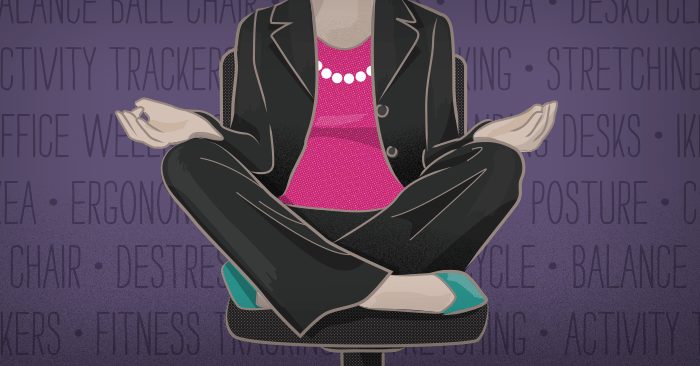
It’s the beginning of a new year, which is the perfect time to kick old habits and form healthier ones. One of the drags about #NinjaLife is the reality that, for the better part of the day, you may feel chained to your desk. This is especially true for folks that man the front desks of their offices.
While you might not be able to break up with your desk for good, you can at least be more mindful about making sure you are moving and grooving throughout the day. A science-based study showed that adults who sat 11 hours a day or more were 40% more likely to die in the next three years compared with those who sat less than four. While 11 hours a day may seem like a ridiculous amount to be sitting, if we consider the amount that we sit at our desks, and then combine it with the amount we sit in front of the TV or elsewhere it doesn’t seem so far-fetched.
Worry not, ninjas. Here are some great ways get up, get moving, and combat those desk-sitting blues!
Desk Exercise
Desk exercise, hereby known as: deskercize is a great way to keep moving during those times that you absolutely have to be at your desk.
Adjustable Balance Ball Chair
This ergonomically designed alternative to a traditional chair strengthens core and back muscles and keeps you active even while sitting. Also, who doesn’t love bouncing?
DeskCycle
This neat little machine lives under your desk and allows you to pedal the day away. The DeskCycle has eight levels of resistance and features a display that lets you know your speed, distance, and number of calories burned.
Even if you don’t end up investing in a deskercizing contraption, there are still a ton of ways to exercise and stay active at work.
Activity Trackers
Personally, I need to be reminded when to get up and move around. The standard recommendation is to move at least two minutes for every 20 minutes of sitting. There are various activity trackers that not only track how much you walk throughout the day, but also give you a friendly little reminder when it’s time to get up offa that thing.
Jawbone UP
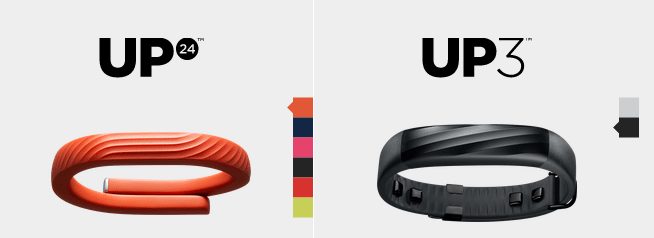
Jawbone offers two models of fitness tracking bands that will remind you when it’s time to get moving. These handy bands will also monitor your sleep and allow you to track your nutrition and daily mood with an accompanying app.
Vivofit 2
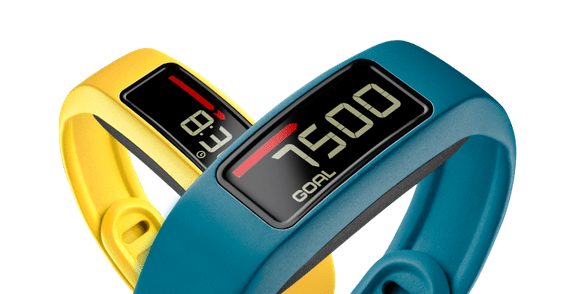
The Vivofit 2 has an easy to read display that lets you know how much you’ve walked, your heart rate, and how many calories you’ve burned. After one hour of inactivity, Vivofit gives you an audio alert to get up and stretch your legs.
Stretching Time
Whether you take two minute breaks every 20 minutes, or ten minute breaks every hour, stretching is a great way to fill that time. There are some great solo stretches that can be done at your desk throughout the day.
An even better way to stretch is to stretch with friends! Try to get your whole office involved and start a stretching club. Consider adding stretch club to your office wellness challenge and get everyone excited about staying active throughout the day.
Alternative Desks
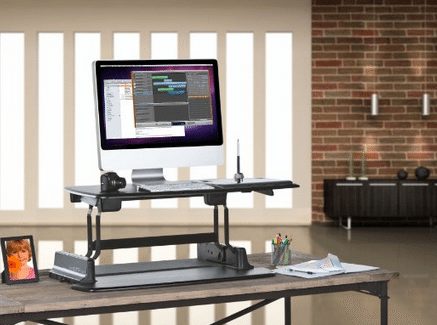
Standing desks have become quite popular in recent years. (Note that sedentary standing for long periods of time can be just as damaging as sitting, so make sure to break up your standing time too). Treadmill desks can be a great way to stand while moving, however, they can be quite pricey. The VERIDESK is a great (and cheaper) alternative and allows you to work standing or sitting depending on your whim. For an even cheaper solution check out this awesome DIY for making a standing desk from IKEA parts!
Proper Desk Ergonomics
While staying active and moving throughout the day is so important to a healthy body, there are times when we actually do have to sit. With that in mind here are some quick ergonomic guidelines for proper sitting. For more specific ergonomic recommendations based on your height, check out this Ergonomic Assessment Tool.
Chair
Your chair height should be adjusted so your feet rest comfortably on the floor. If your chair doesn’t have lumbar support, put a cushion between the curve in your lower back and the chair.
Key object position
The objects that you use most frequently should be as close to your body as possible; you shouldn’t have to lunge across your desk to reach anything. If an object can’t be reached comfortably while sitting, stand up to get it.
Mouse position
Your mouse should be within easy reach next to your keyboard. Use a wrist rest for both your mouse and keyboard to minimize stress on your wrists and prevent strain or injury.
Posture
Your body should be centered in front of your monitor and keyboard. Sit up straight, and make sure your knees are aligned with your hips.
Monitor height and distance: Your monitor should be directly in front of you about an arms length away (about 18 to 28 inches), and the top of the screen should be a just below eye level.
So whether you find yourself cycling discreetly under your desk, or getting up to stretch every 20 minutes or so, the important part is that you keep that blood pumping!
What’s your favorite way to stay active in the office? Share your tips with us in the comments!
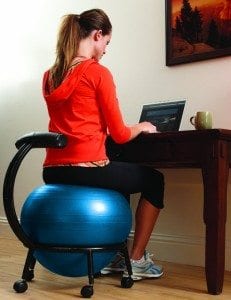
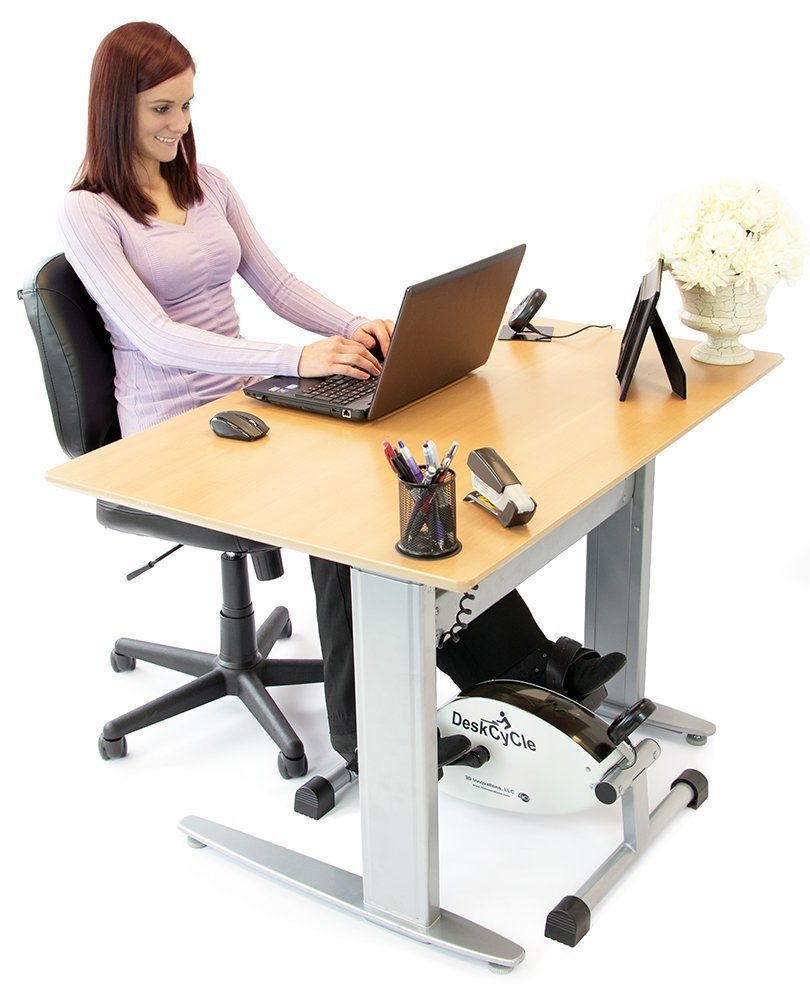
Superb article! hats off!!